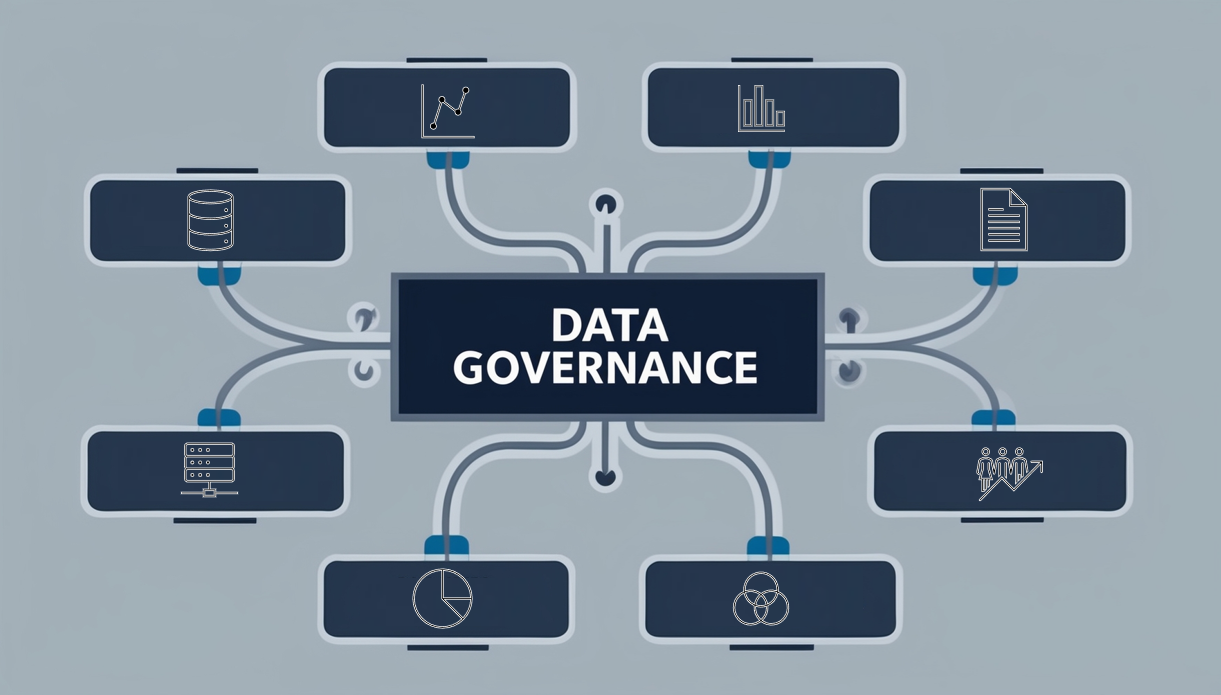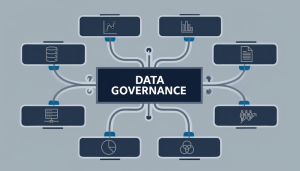
Data Governance Strategic Plan Example: Proven, Full Lifecycle, People Centric Framework
This package includes a real-world data governance strategic plan example and implementation guide. CIOs and data leaders can use it to create vision-aligned governance strategies, define roles and responsibilities, build operational structures like a Data Governance Office, and deploy scalable framework for enterprise data quality, reuse, and stewardship. It’s both a reference and a toolkit. Excellent Read! (110+ pgs)





